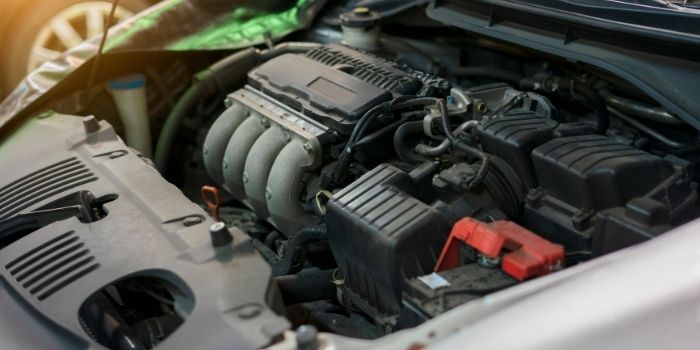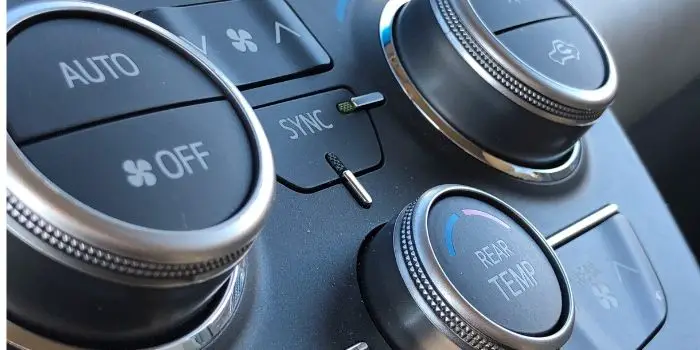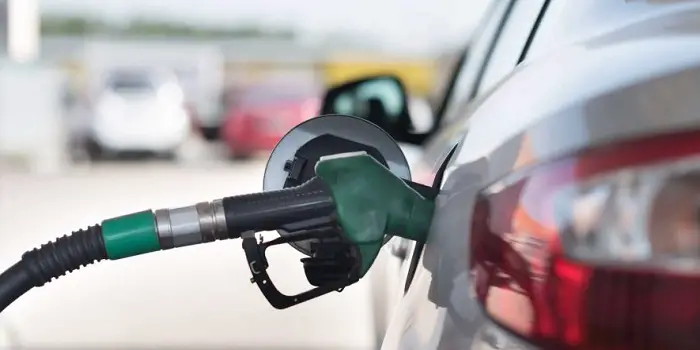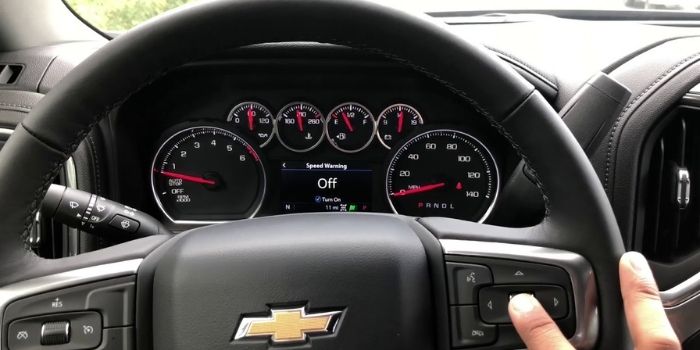When they are attempting to find out how to start their car, many people wonder if you can flood a fuel-injected engine.
If you have newer technology and are having trouble starting your car, the answer might not be as easy to find.
Below, we will answer this question and explore exactly what a flooded engine is.

Is it possible for a fuel-injected engine to flood?
It is more difficult for a fuel-injected car to flood than it is for a car with a carburetor, but that doesn’t mean it’s impossible.
There are different ways that you can flood a fuel-injected engine, including having a damaged injector or dealing with a cold engine that just won’t start.
Table of Contents
What is a flooded engine?
When a car is cold, it requires a rich fuel mixture to get started.
A rich fuel mixture refers to one that doesn’t have much air but has a lot of gas.
When the gas goes into the cylinders, if the car doesn’t start up right away, there is the risk of spark plugs getting wet.
Once the spark plugs are wet, it’s impossible for them to spark, which in turn will prohibit the car from starting. When this happens, it is called flooding.
How does a fuel-injected car get flooded?
There are a handful of different ways that a fuel-injected car can be flooded.
One of these ways is to have an injector that is leaking.
A leaking injector will cause the engine to flood regularly and will also require that the injector be replaced.
Another frequent issue that causes a flooded engine is when the car won’t start after the first few attempts.
At this point, the injectors will keep on pouring fuel into the engine, which can result in flooding.
How do you know if you have a flooded engine?
Before you get to the point of filling the oil pan with fuel or cranking a battery until it dies, pop the hood of the car and smell the area near the engine.
If you smell gas, then you can confirm that the engine is likely flooded.
You’ll want to let the engine sit for a few minutes and take the opportunity to check on the exact level of oil.
If it is over the full mark or even higher than usual, you have enough in there that it will ruin the bearings should you get it started.
In these situations, your only option is to get the gas/oil mixture drained and then fill it again with fresh oil.
Flooding engines is something that can happen to any kind of engine, from ones with carburetors to ones that are fuel-injected.
Though flooding a fuel-injected engine is more difficult, it can certainly still occur if you’re not careful.
To lessen the chances of this happening, take care when trying to start your car on a cold morning, and don’t crank it until it floods or the battery dies.

Based in Orem (Utah) John Paterson graduated from Utah Valley University and has begun writing in 2009. He has a large wealth of experience in writing articles related to cars, automotive repair, wheels, cleaning/maintenance, and much more. He has also written instructional articles in a similar niche for a few online publications as well. Currently, he works as a mechanic in his personal garage shop where he loves serving his countrymen from his heart.




